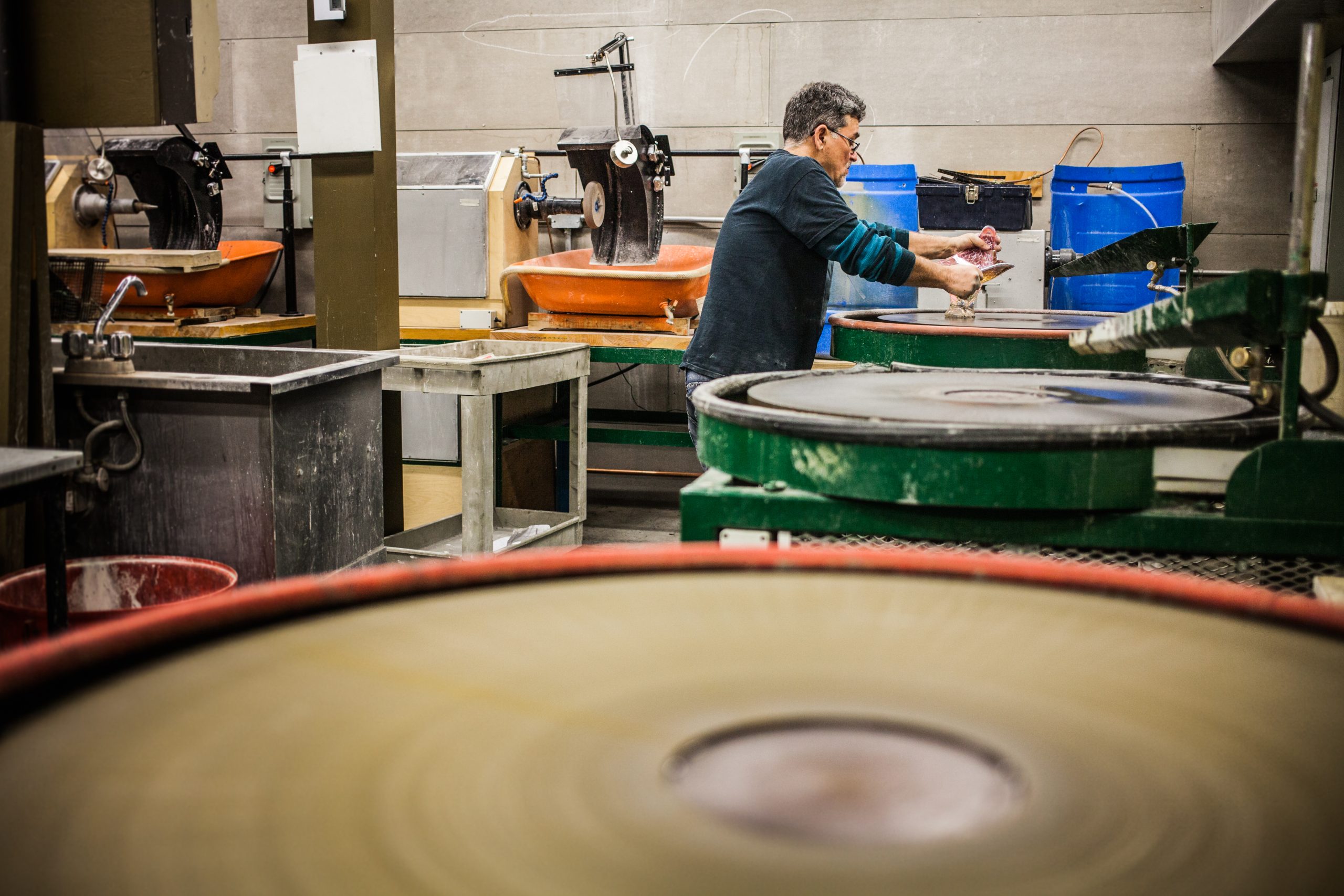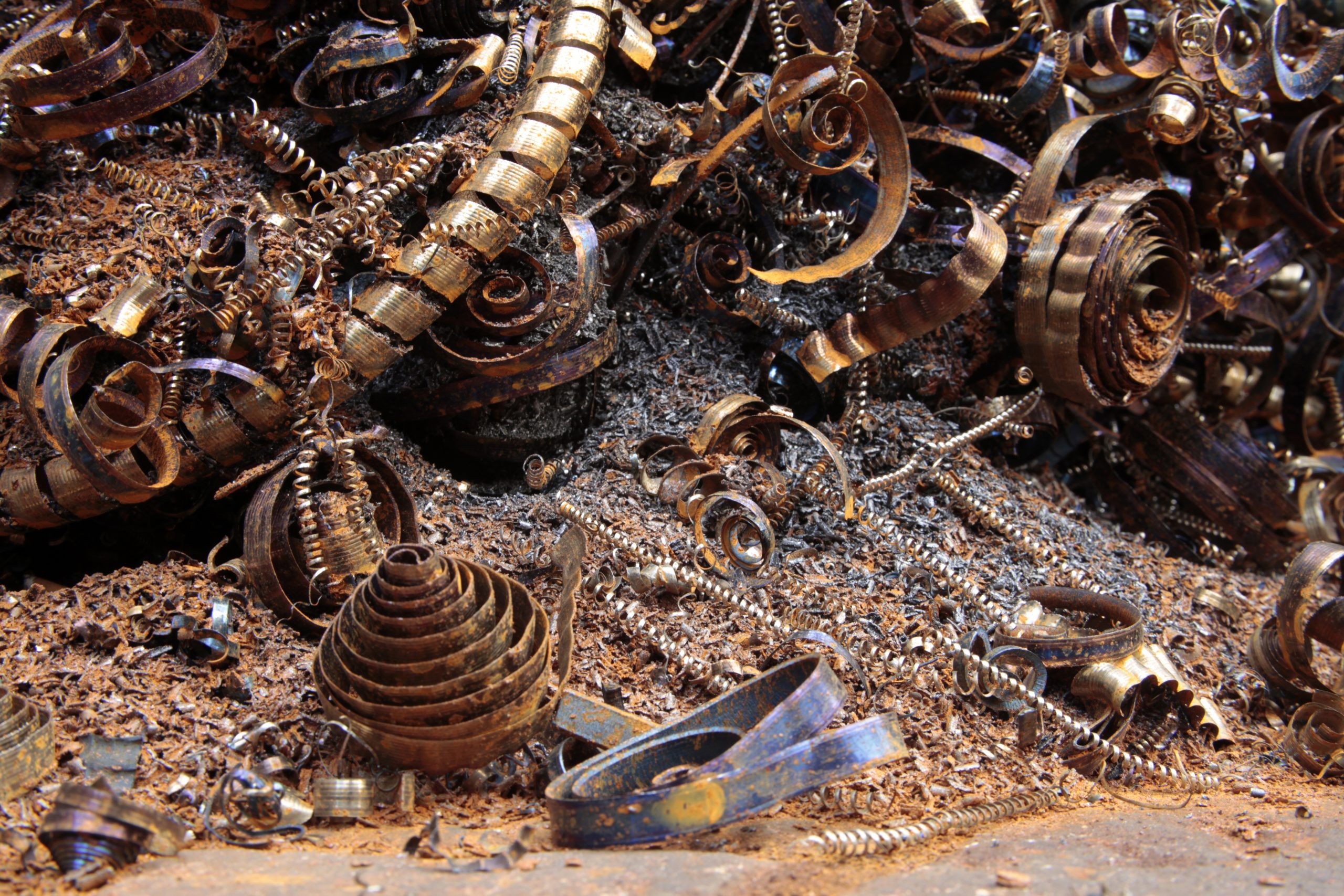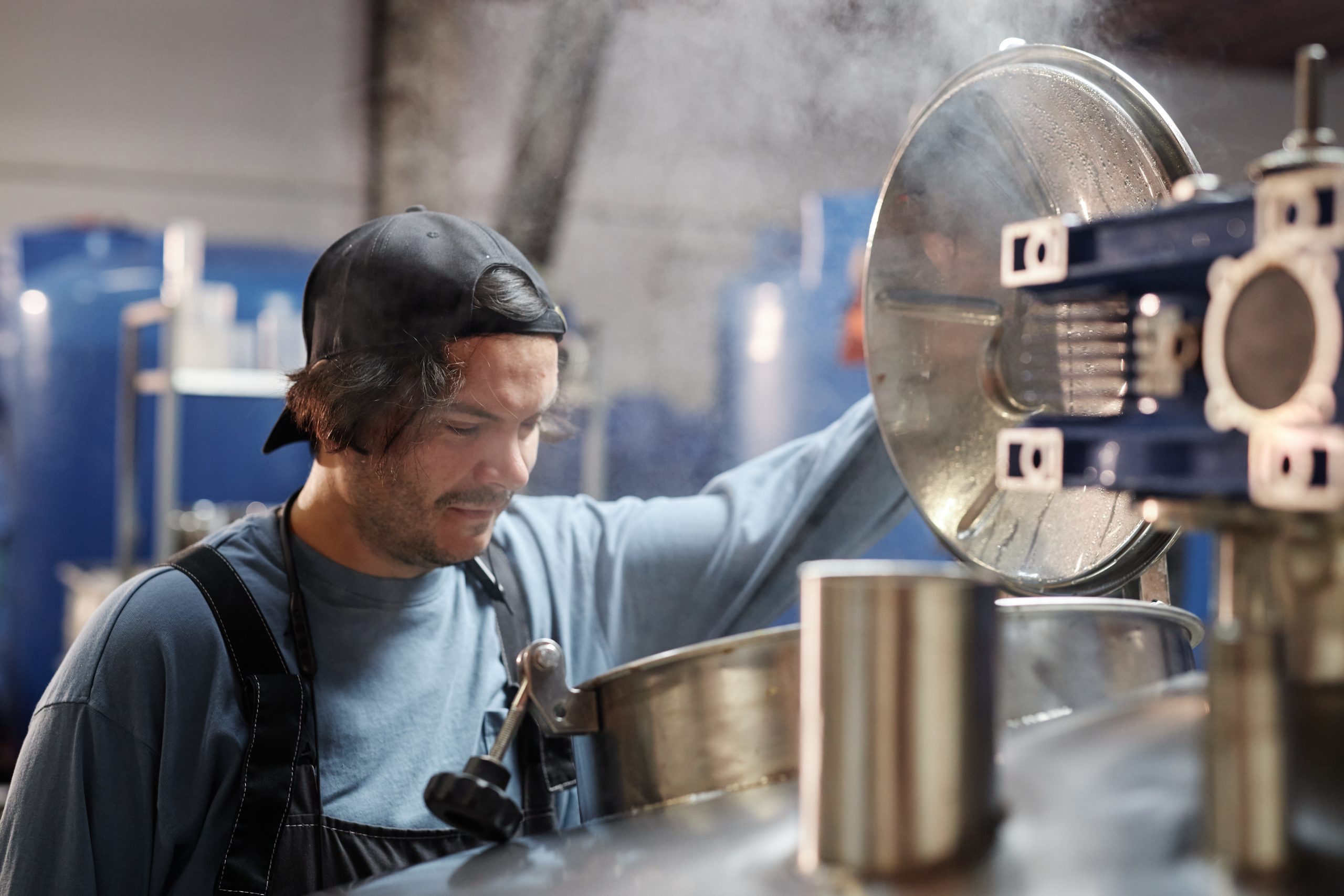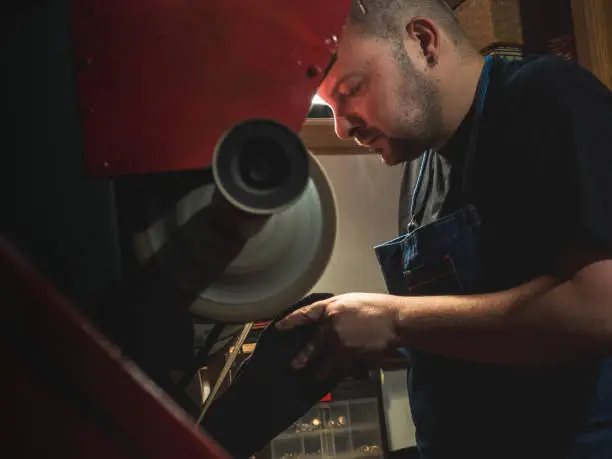

Metal spinning capabilities in the air movement industry
Metal spinning can provide several benefits to the air movement industry. As a specialised sector with many key components, air movement and HVAC requires specific types of metalwork that are effective at meeting industry standards and applications. As well as optimise it in a way that improves airflow efficiency and enables savings in energy and costs for businesses. In this article, we will be looking at the role of metal spinning and other relevant processes in air movement and the benefits it provides to the industry overall.
How is metal spinning used in air movement?
Metal spinning is commonly used for various applications in this industry, including roof ventilation and dust extraction. Air movement has a range of important functions from heating and cooling, to allowing technical manufacturing processes and removing harmful gases in factories and other buildings to ensure safe airflow for workers.
With that in mind, Tanfield Metal Spinners always adhere to the required standards and our own high quality control measures, to ensure the best possible functionality in the metalwork we provide for residential and commercial HVAC systems.
One of the most frequently metal spun parts for the air movement industry is flanges. Flanges are designed to form an air seal in ductwork to secure a reliable connection between the ducting and the equipment in the system that is being cooled or heated. Flanges are also used to connect hoses or pipes to tanks and containers that contain highly pressured liquid or gases. Other examples of metal air movement parts that Tanfield Metal Spinners can create are:
- Duct casings and housings
- Air conditioning inlets and outlets
- Venturi air valves
- Vents and vent fittings
The benefits of metal spinning in air movement
Metal spinning has played a big role in revolutionising the air movement and HVAC industry by creating innovative solutions that further optimise the performance of the systems. As a result, metal spun parts for HVAC systems can be beneficial in many ways such as:
- Providing better durability through improved mechanical strength
- Ensuring long-lasting performance consistency in challenging environments
- Improved resistance to corrosion which increases the lifespan of the system
- Reduced risk of air leaks thanks to seamless construction
- Flexibility through custom metalwork
- Enhanced system performance and efficiency
We’ll be exploring some of these benefits in more detail below.
Metal spun parts can have a direct effect on increasing the performance and efficiency of HVAC systems. This is done by designing them with smooth internal surfaces that reduce turbulence and drops in pressure. Careful control of the shape and dimensions of the metal spun parts enable the air to move more efficiently through the system. Another important design element is the aerodynamic features like curved surfaces and streamlined profiles. Effective HVAC ductwork design can encourage smoother air flow and overall improvements to the performance of the system.
Energy efficiency is becoming more and more important to businesses and industries striving to integrate more sustainable building practices, which is why maximising energy efficiency is so important in air movement. The design and construction of the relevant metal spun parts enables efficient distribution of air flow, meaning less energy consumption is required.
Also, the durability and longevity that quality metal spun parts provide, minimises the need for regular part or system replacements. Therefore, more energy can be saved and the negative impact on the environment reduced. Metal spinning techniques ensure HVAC systems can lower their operational costs and carbon footprint, as well as achieving a higher energy efficiency rating.
Metal spinning through our team at Tanfield offers businesses in the air movement industry greater flexibility to create custom solutions that meet their needs. HVAC parts can often need to come in various shapes and sizes depending on the area they are going to be fit into. They may also need to work in a way that optimises energy efficiency, specific air flow patterns, or noise reductions, which should all be considered in the design of the parts.
Bespoke metal spinning will help to make sure that the parts can work to even the most unique spaces, no matter if there are tight corners or irregular shapes. This allows optimal system integration and performance to be achieved through ductwork and other important parts that perfectly suit your project requirements.
Conclusion
As industry-leading UK metal spinners, the team at Tanfield have the necessary knowledge, skills, and experience to create the required parts for air movement systems. If you have a specific HVAC project that requires metal spinning expertise, contact us today. You can contact us via email at talktoanexpert@metal-spinners.com, by phone on 0191 4193377, or by filling in our online form. A member of our team will get in touch with you as soon as possible to discuss your requirements.

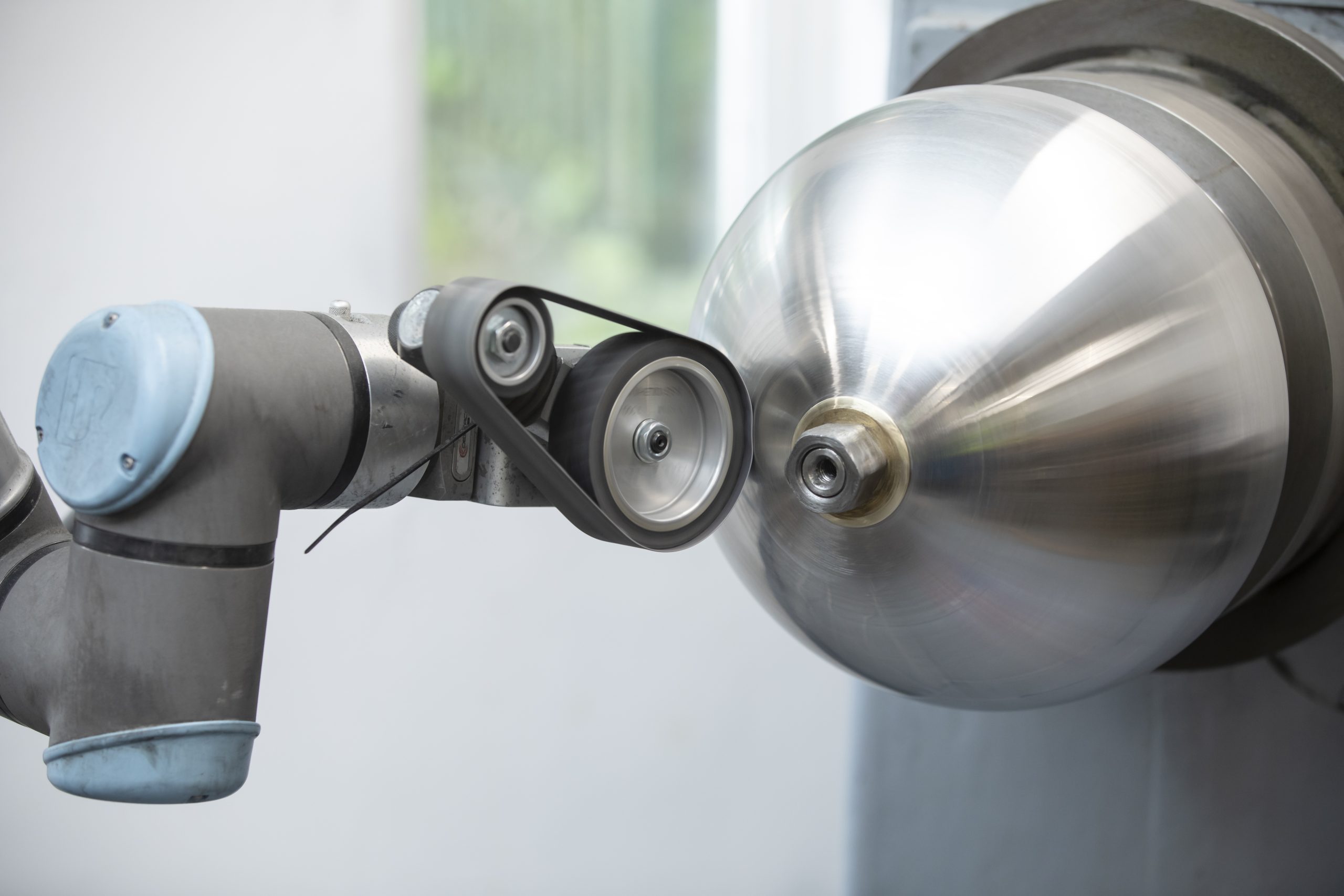 Metal Spinning
Metal Spinning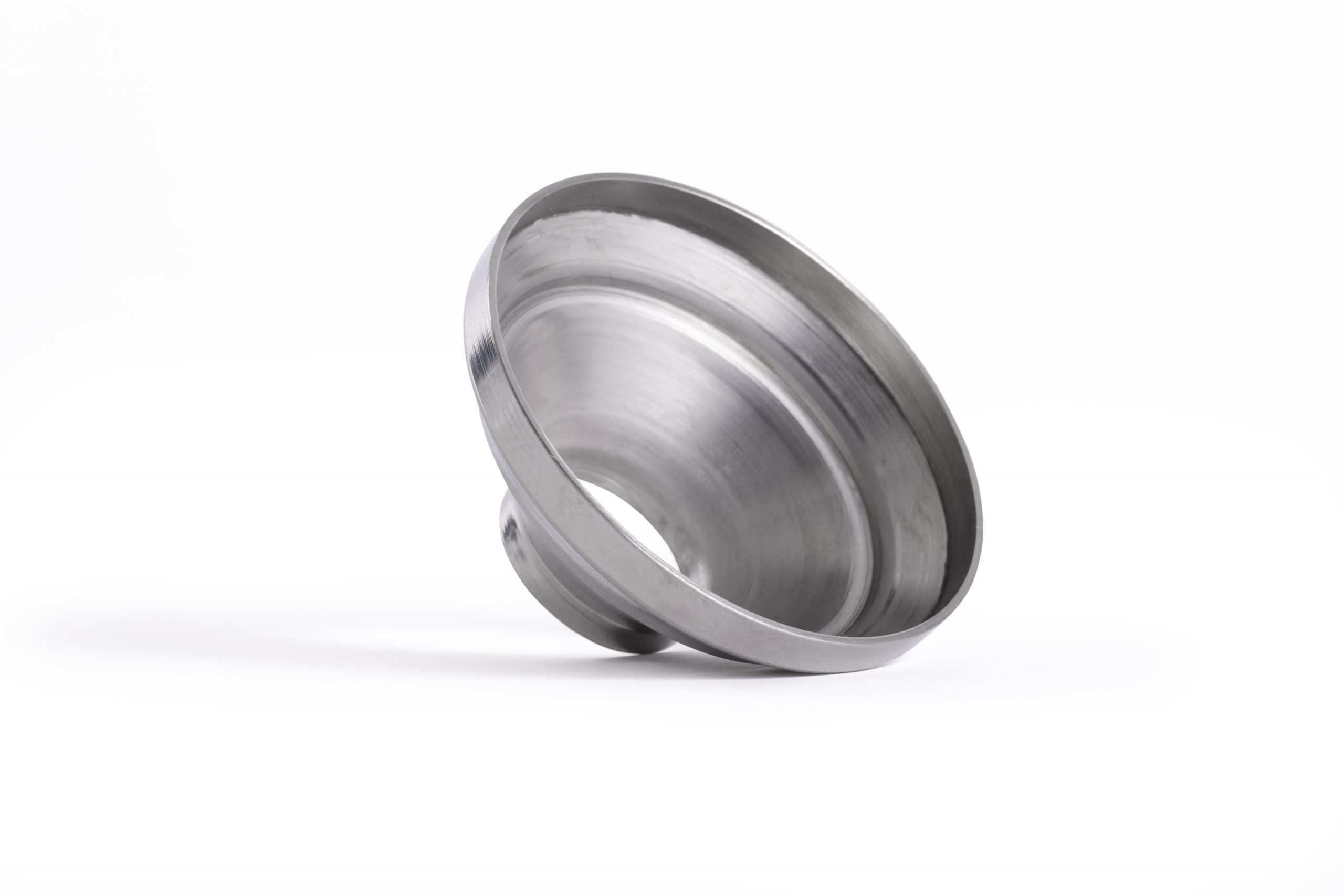 Bespoke Metal Spinning
Bespoke Metal Spinning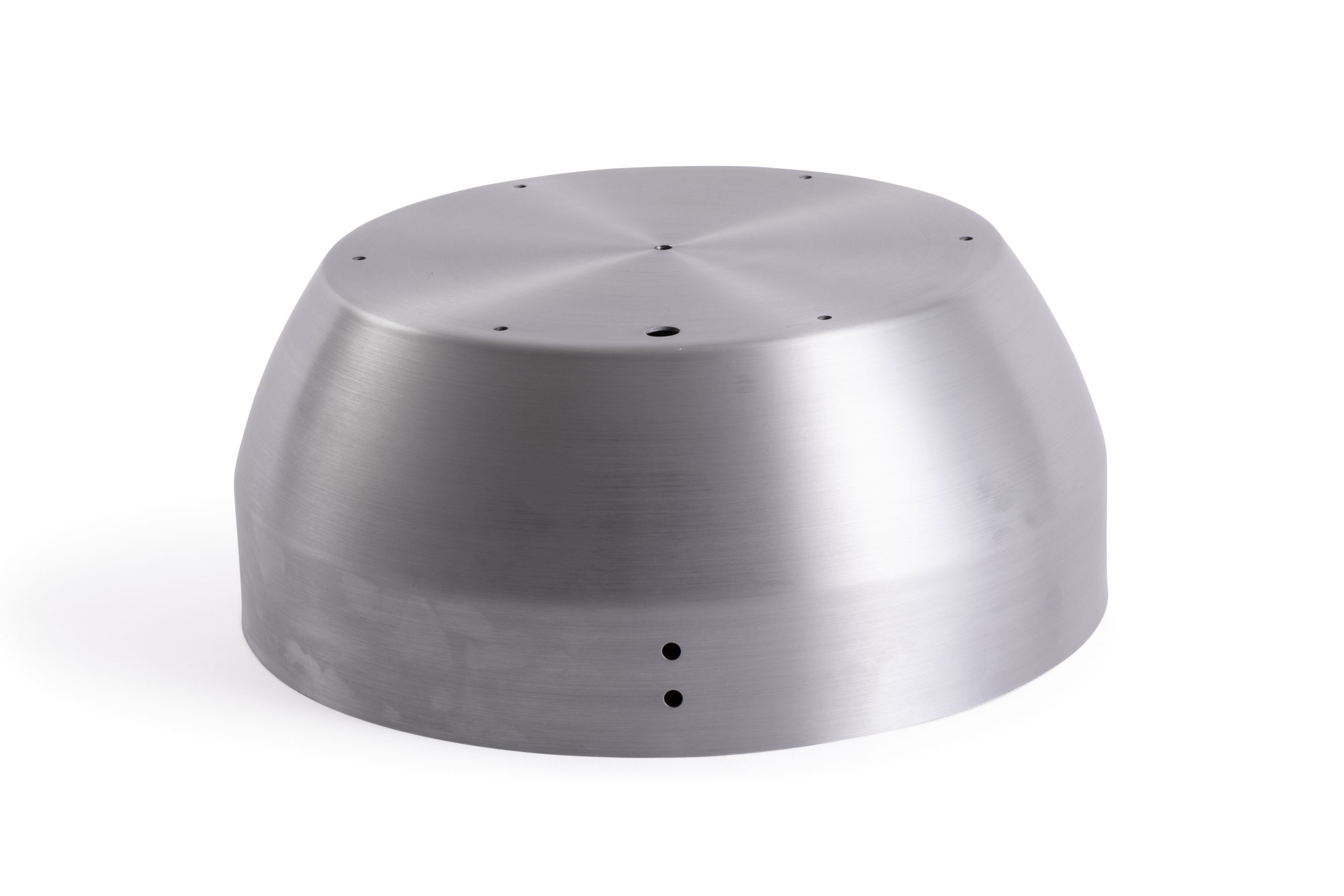 Metal Polishing
Metal Polishing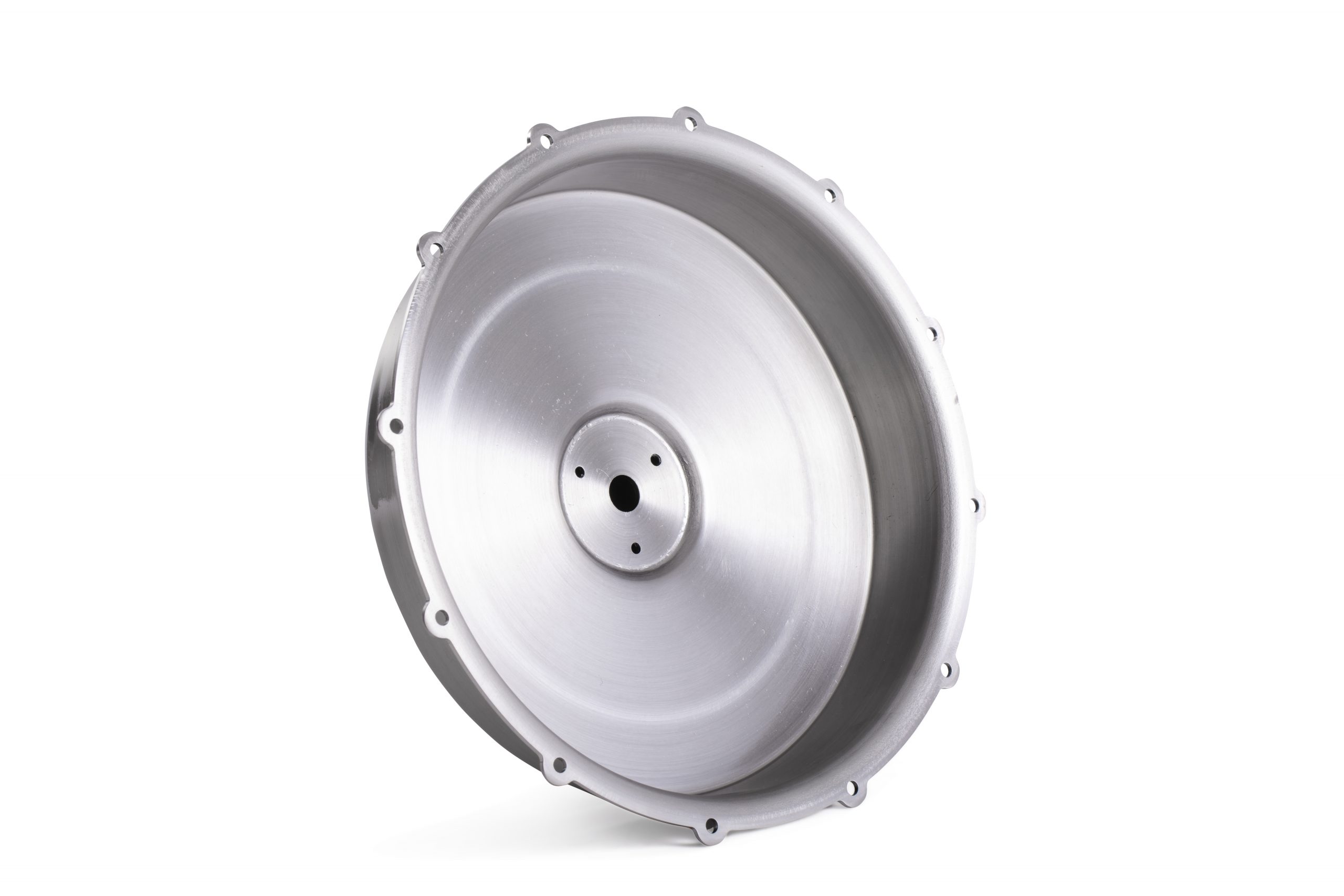 Machining
Machining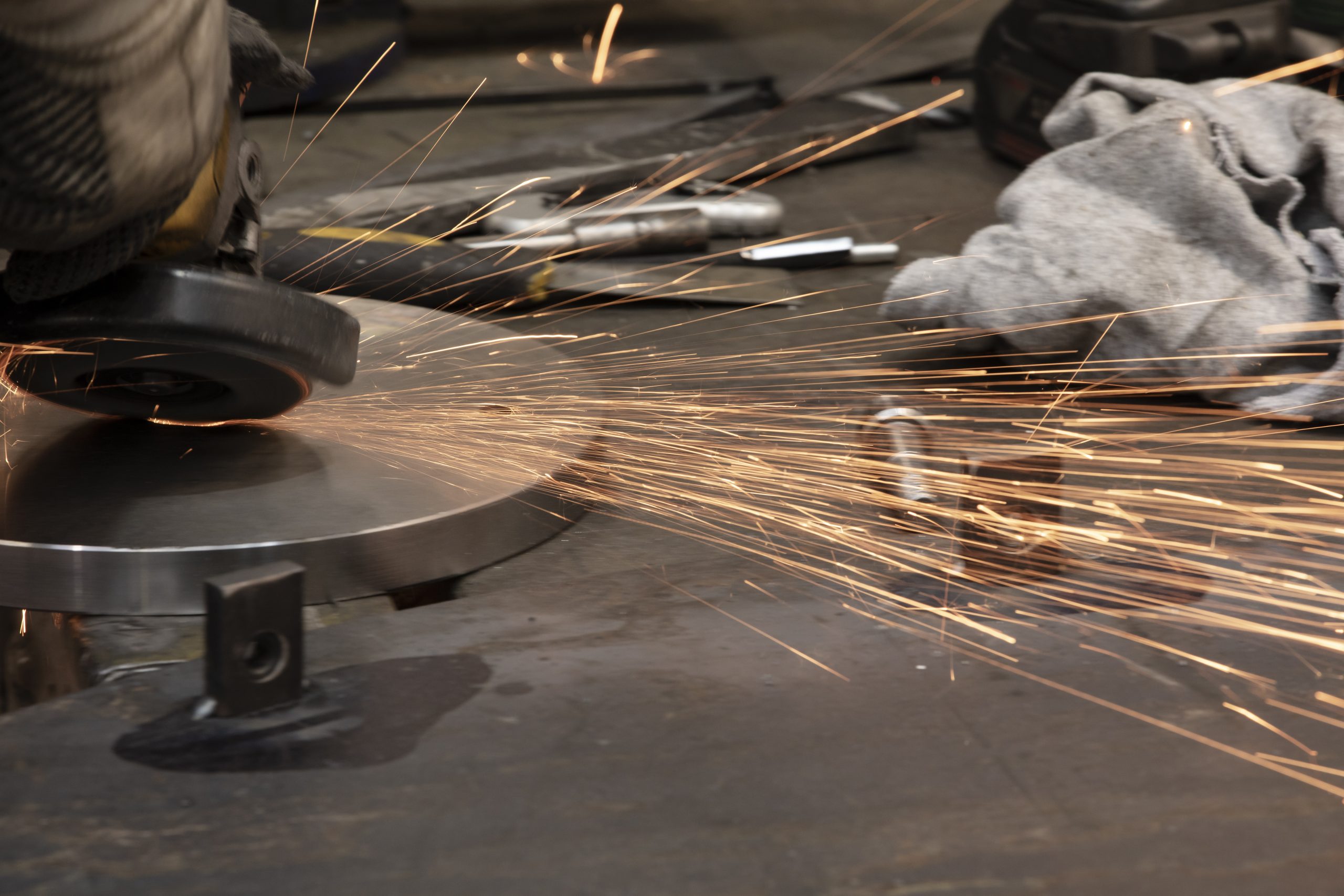 Metal Pressing
Metal Pressing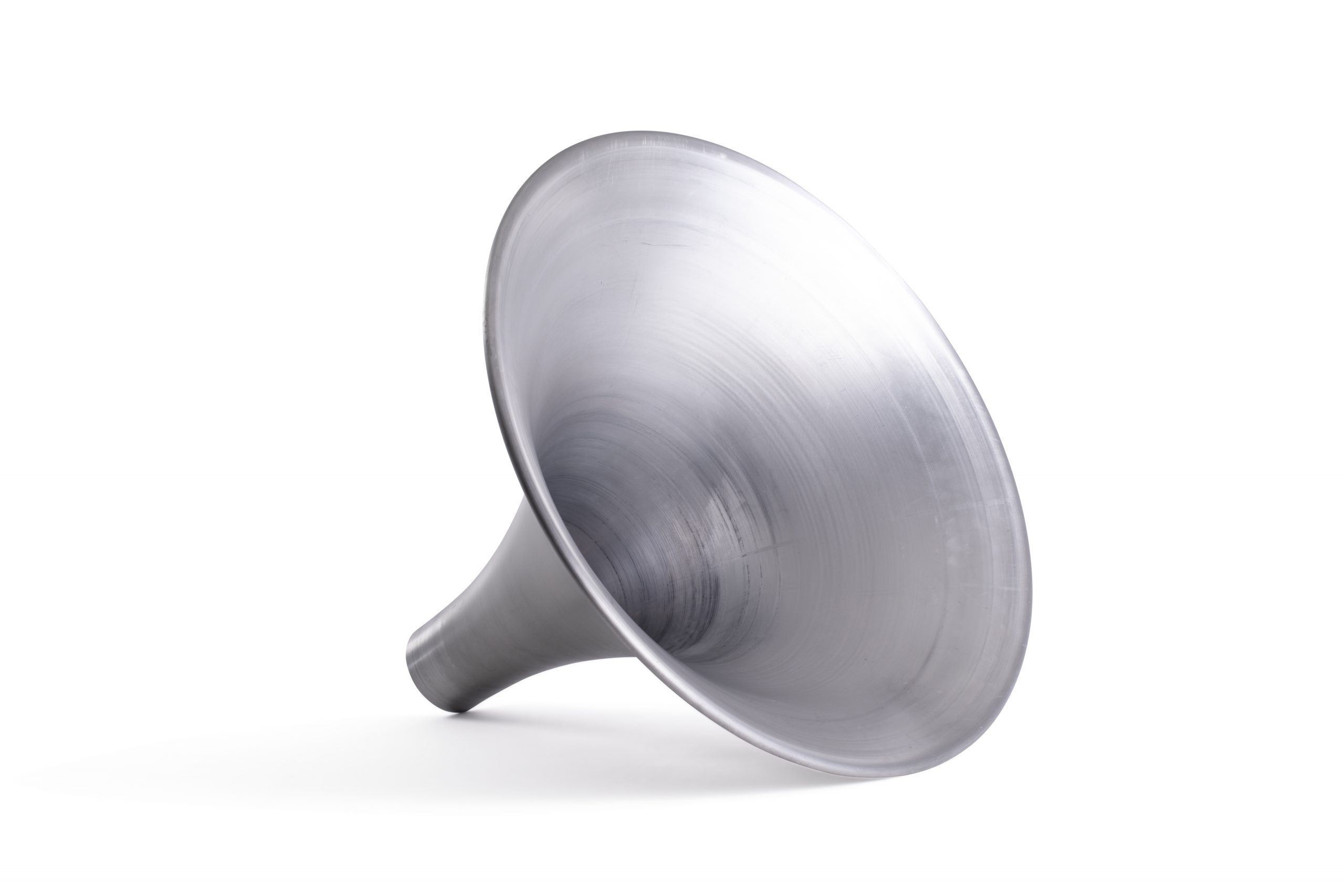 Metal Swaging
Metal Swaging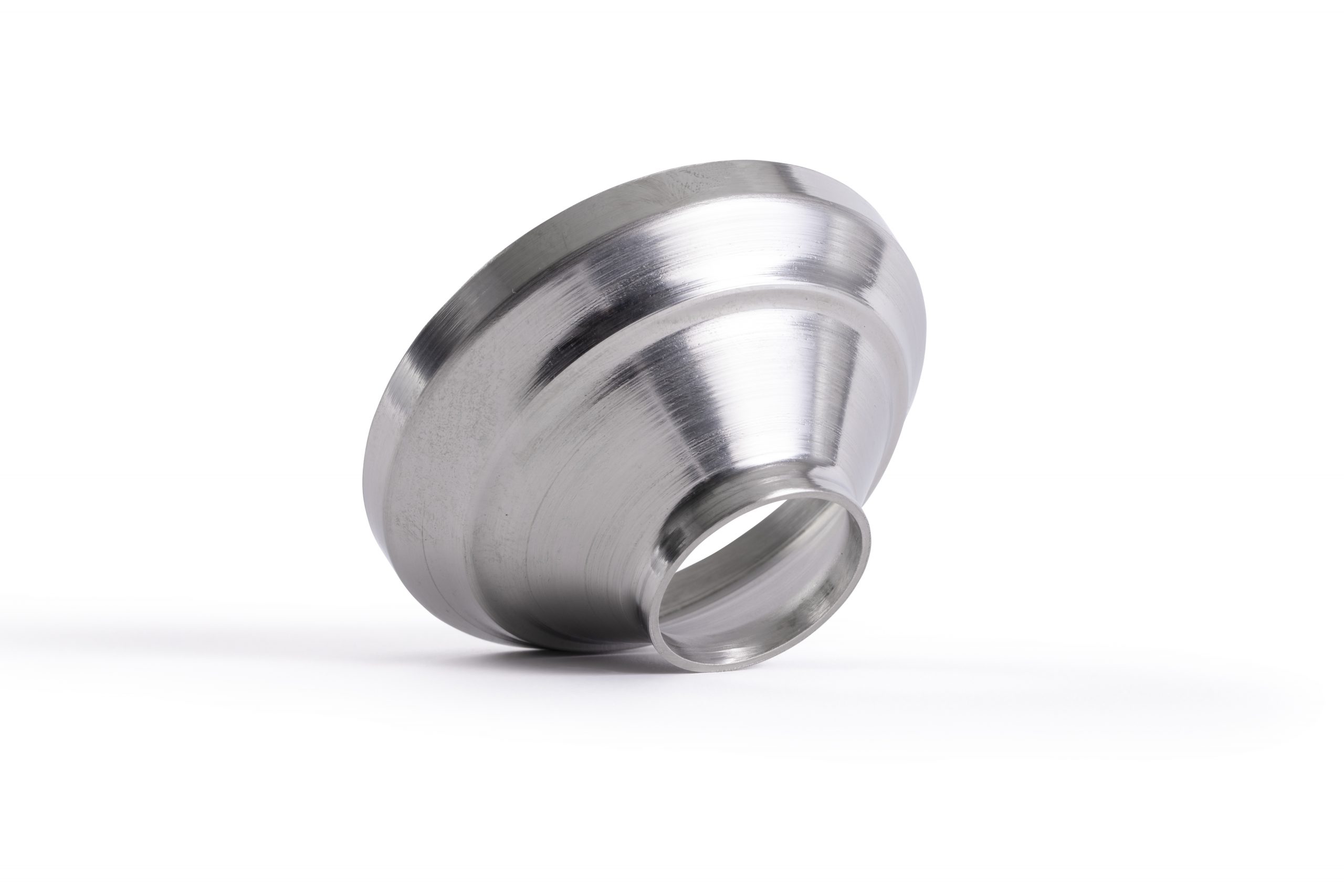 Metal Fabrication & Welding
Metal Fabrication & Welding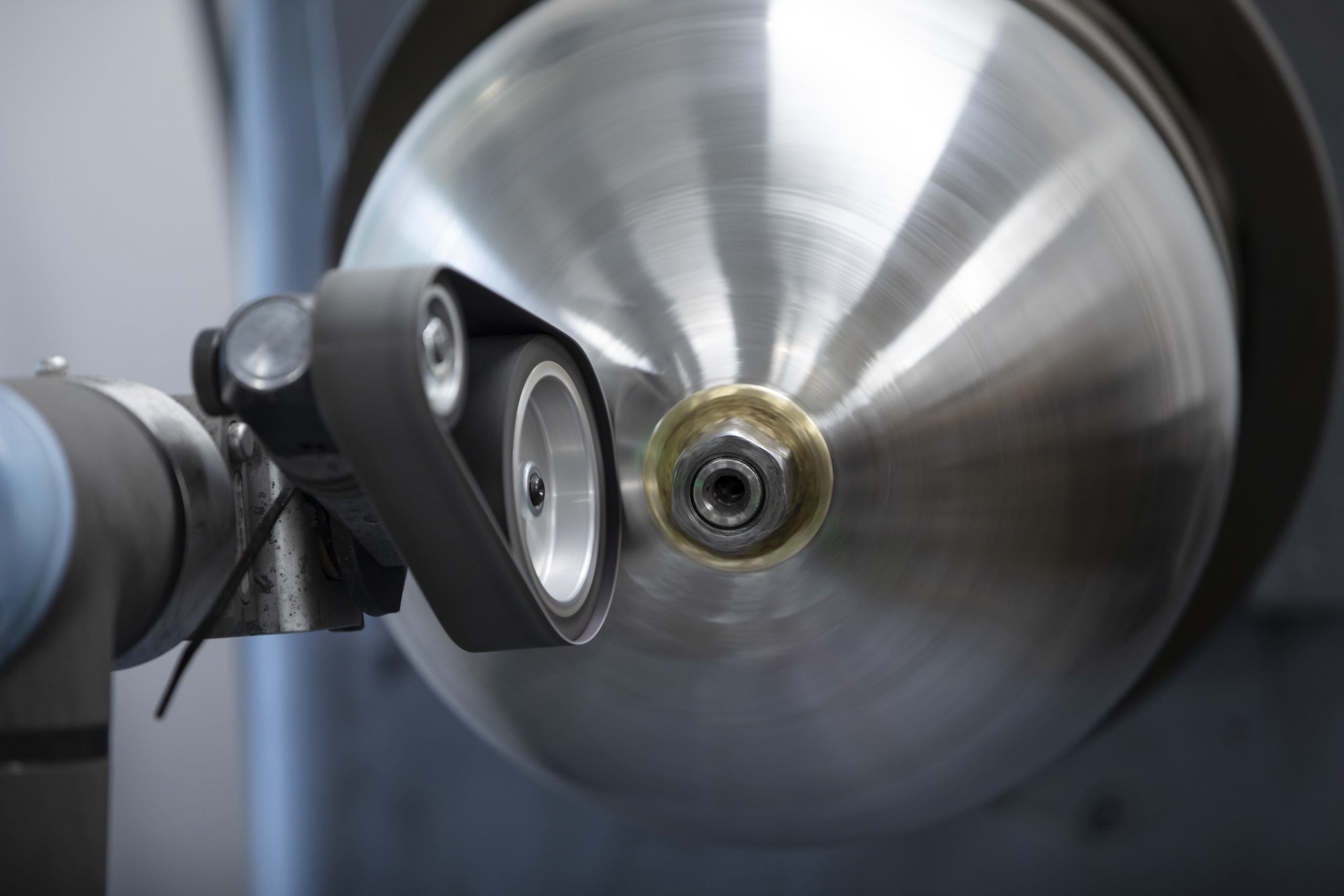 Precision Engineering
Precision Engineering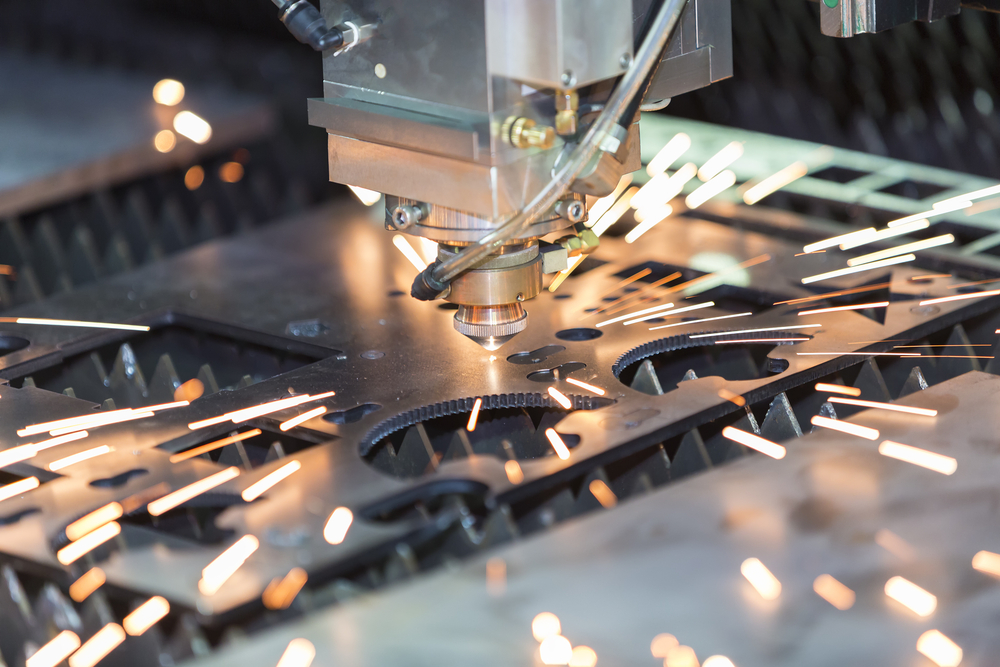 Laser Cutting
Laser Cutting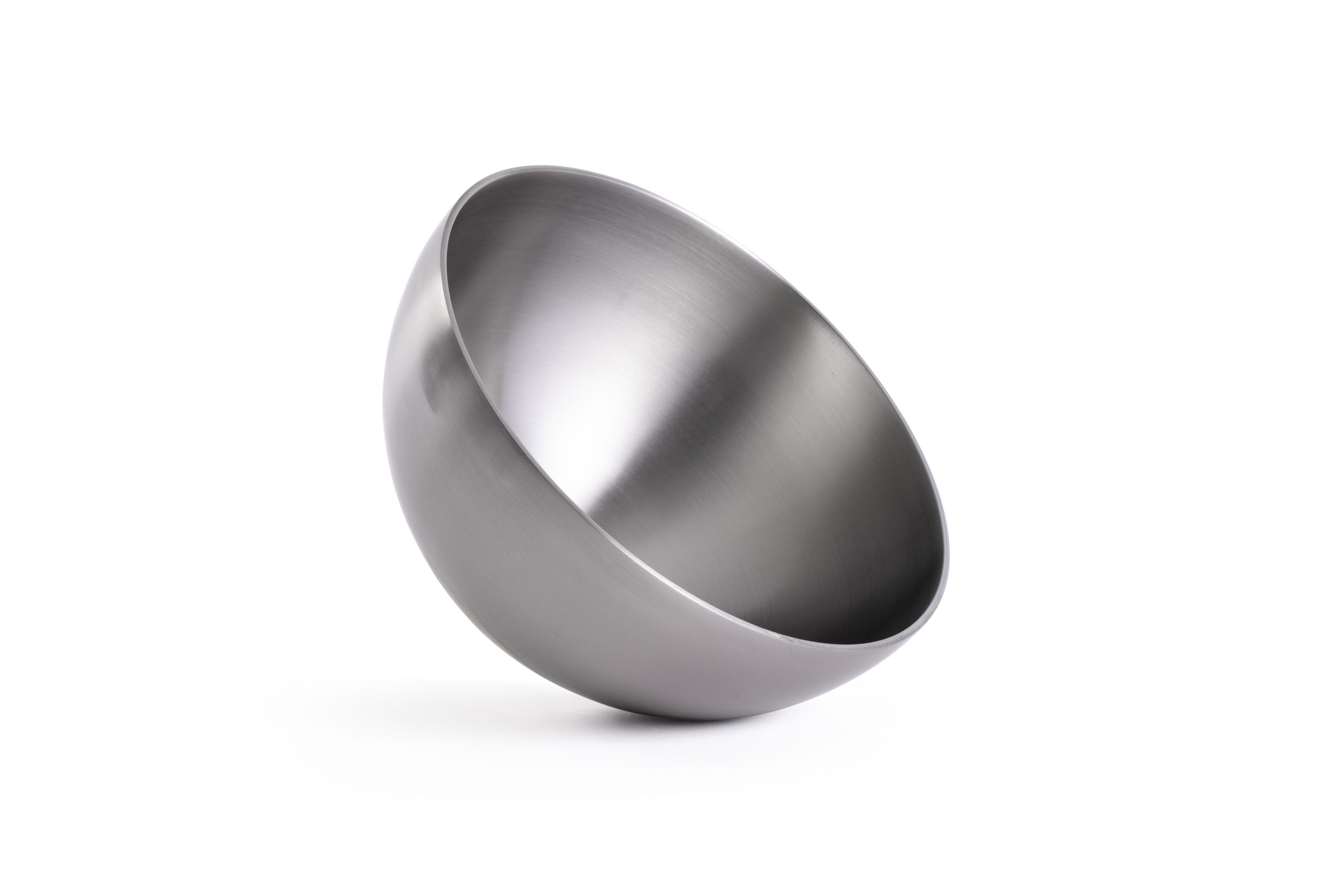 Inspection and Quality
Inspection and Quality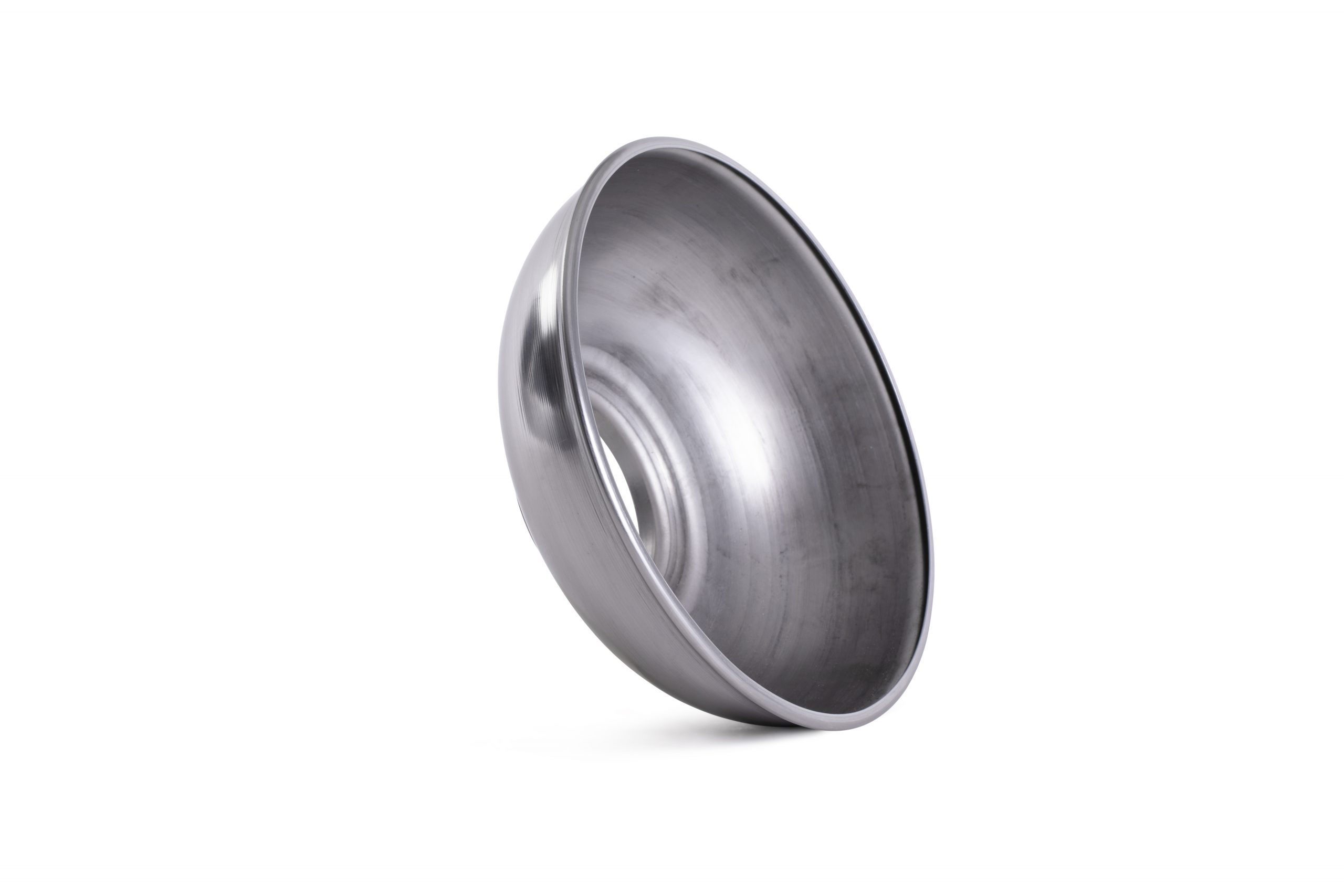 Anodising, Electropolishing and Pickling & Passivating
Anodising, Electropolishing and Pickling & Passivating Agriculture
Agriculture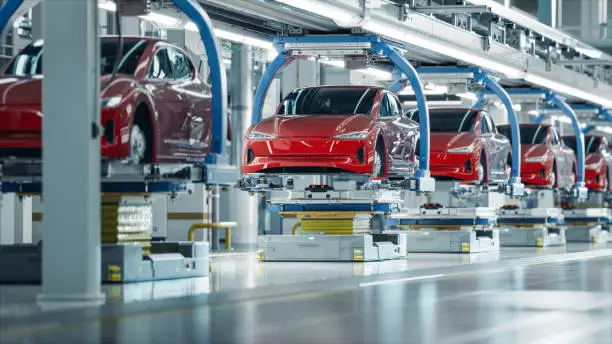 Automotive
Automotive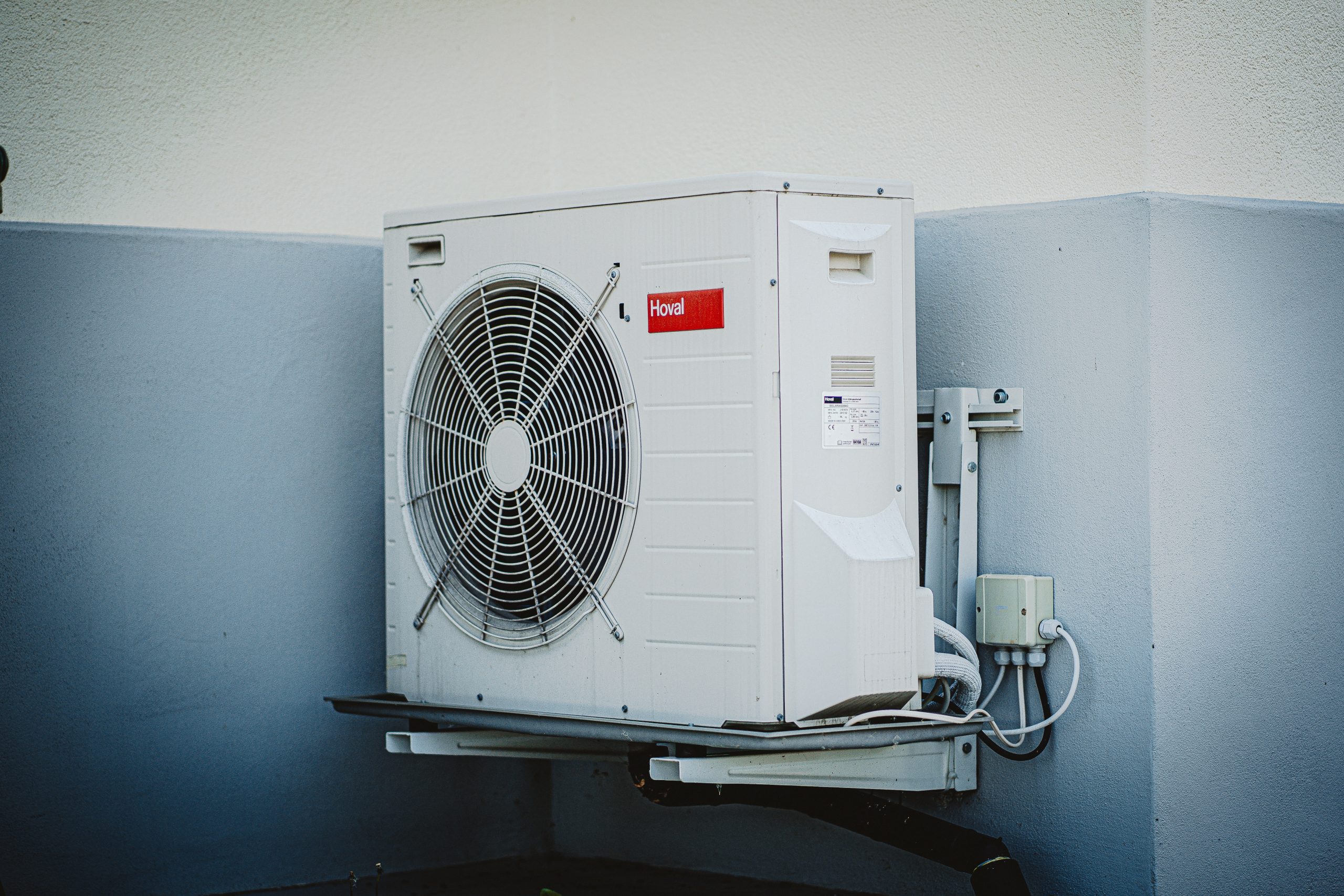 Air Movement
Air Movement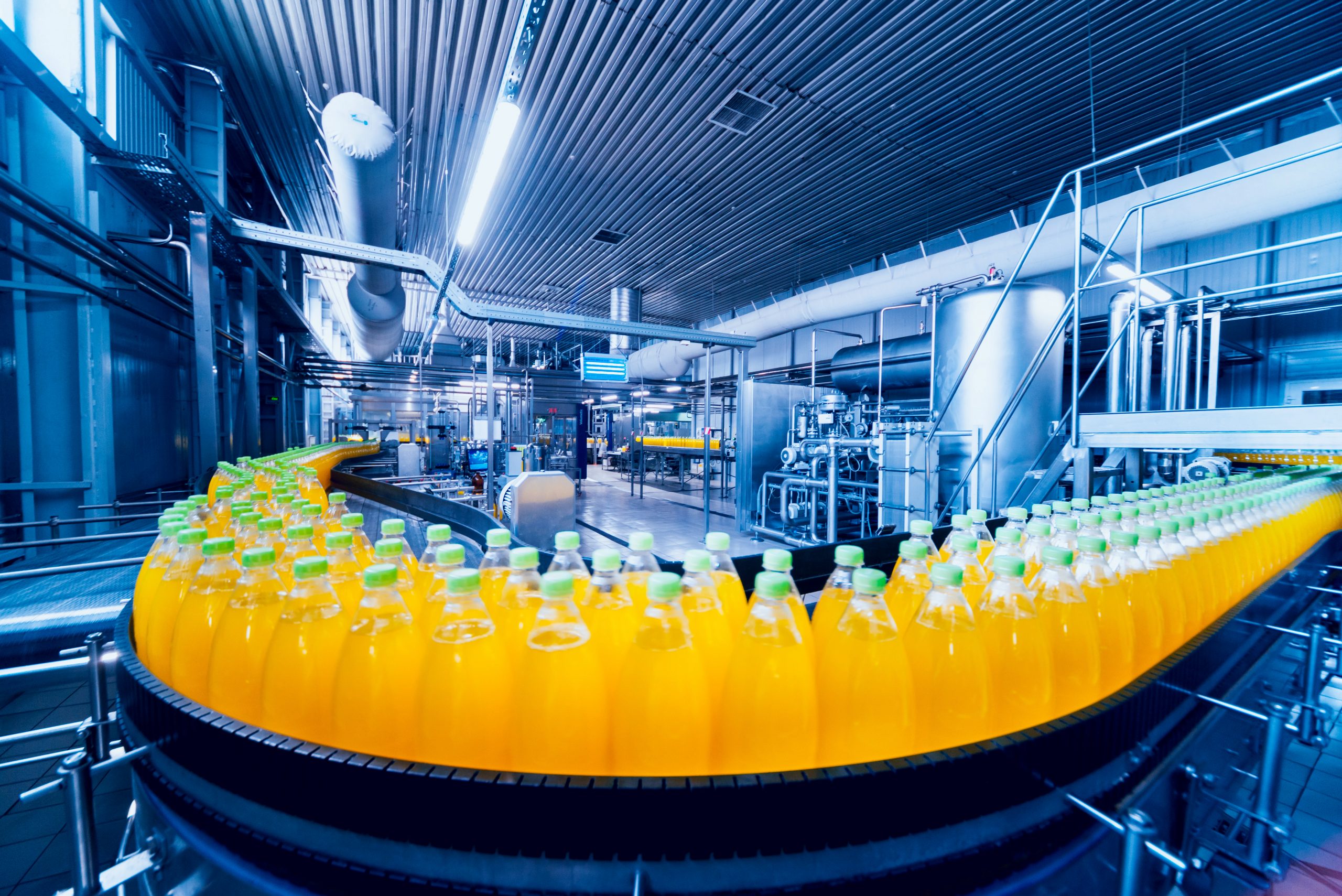 Food Industry
Food Industry Marine
Marine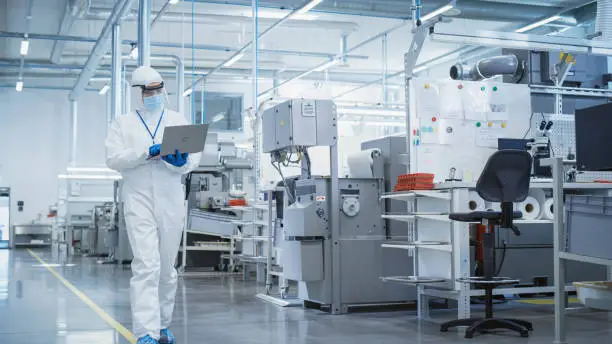 Medical and Cryogenic
Medical and Cryogenic Playground
Playground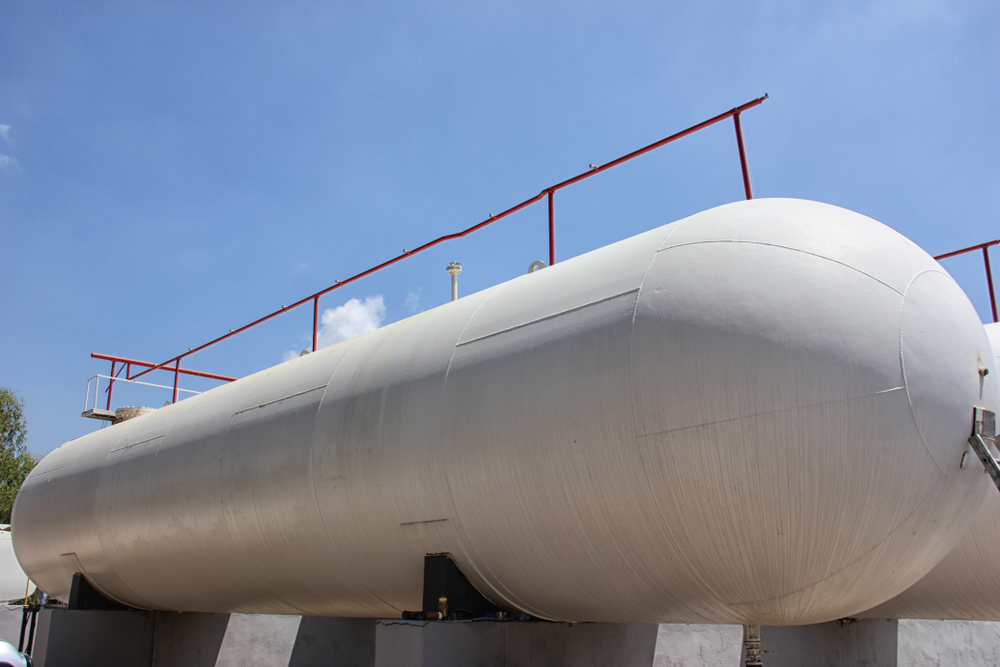 Pressure Vessels
Pressure Vessels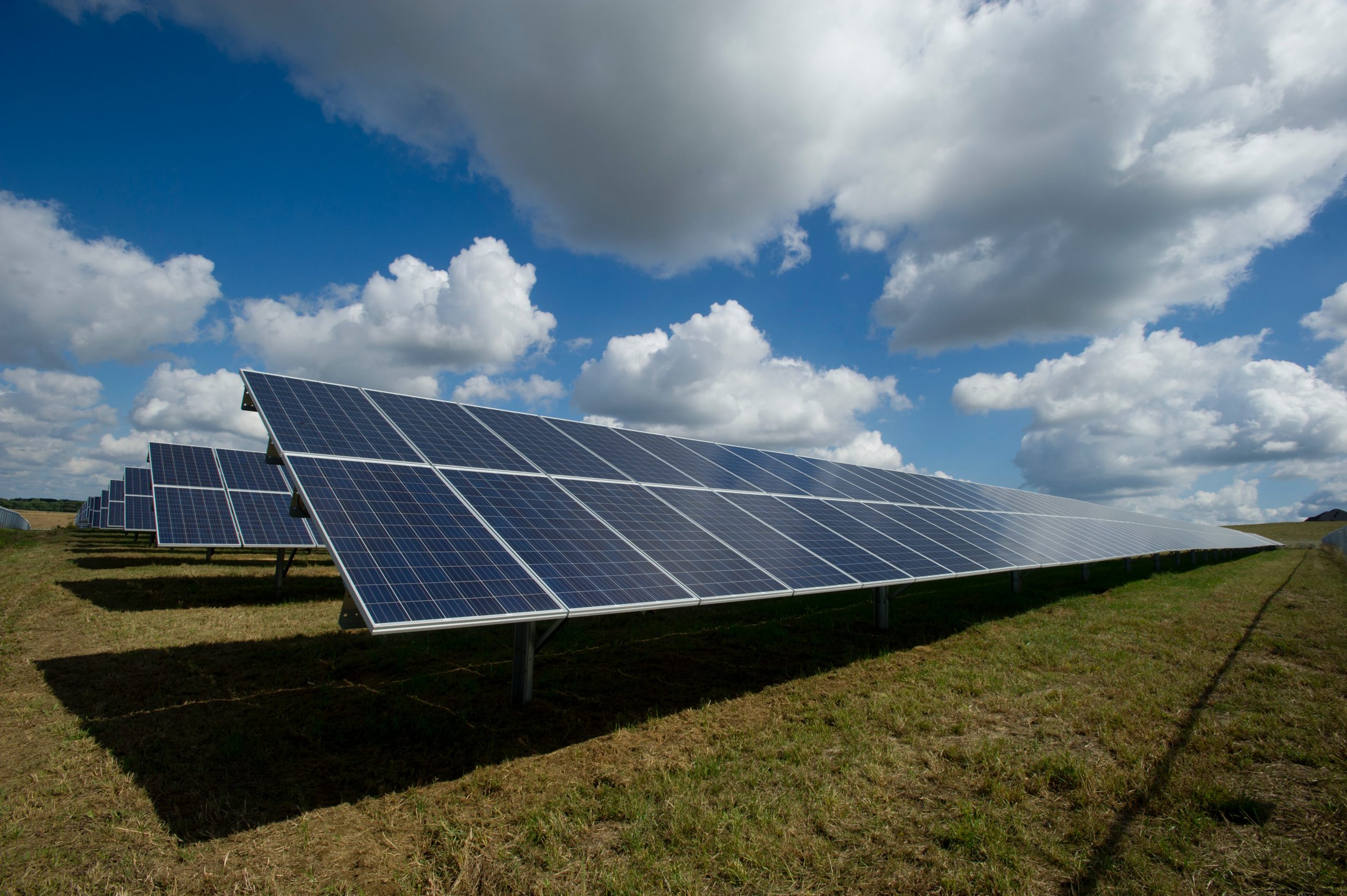 Renewable Energy
Renewable Energy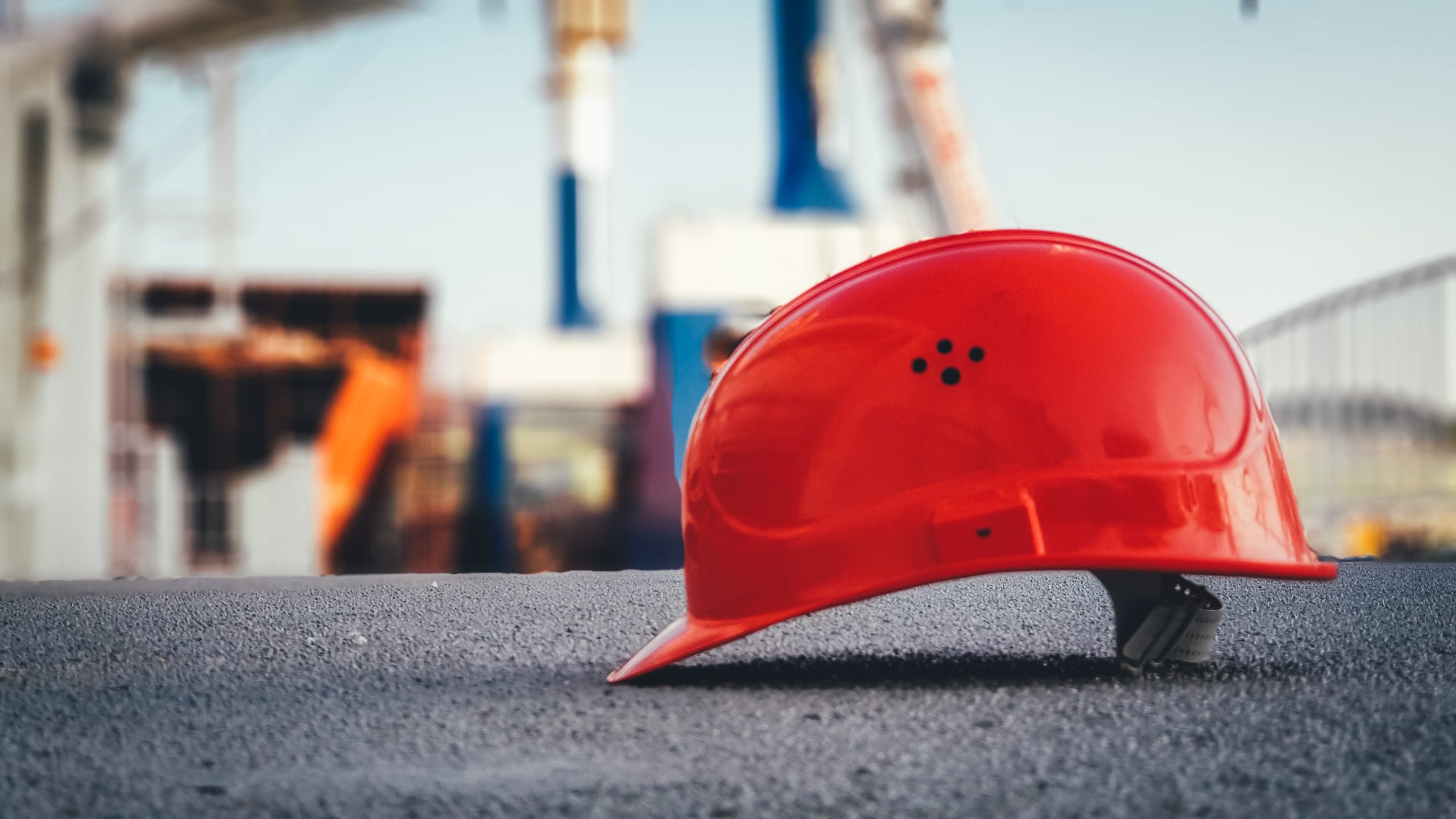 Safety
Safety